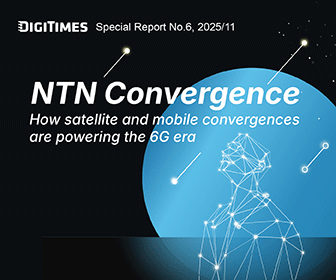SpaceX and T-Mobile are gearing up to launch their sat-to-cell service in the US by fall 2024. While this ambitious venture promises to revolutionize connectivity, questions linger over pricing, usage scenarios, and the overall business model.
As the spotlight remains on direct sat-to-cell communication, industry insiders are eyeing a burgeoning opportunity in the automotive satellite market. The demand for precise positioning is driving a surge in satellite antenna requirements, igniting commercial prospects.
Currently, the automotive antenna market's prime mover is GPS technology. Historically, GPS antennas were crafted using simple ceramic processes, a method that many Taiwanese manufacturers could handle. However, technological advancements are steering the industry towards more sophisticated needs, particularly for electric and autonomous vehicles.
The GPS landscape is expanding beyond the traditional L1 frequency (1575.42MHz) to include L2 (1227.6MHz) and L5 (1176.45MHz) frequencies. The interplay of these multiple bands significantly enhances positioning accuracy.
Industry analysts predict a shift from low-cost ceramic antennas to multi-frequency, precision-positioning antennas, reflecting a technological evolution. As electric vehicles proliferate, their antenna requirements are becoming more complex. Beyond GPS, these vehicles need Bluetooth, Wi-Fi, and cellular connectivity.
Traditional car manufacturers used the "shark fin" design for antenna installation. However, companies like Tesla are innovating with embedded antennas hidden within the car's body, including rearview mirrors.
New electric vehicles boast advanced functionalities compared to their traditional counterparts, necessitating connections to mobile networks, Wi-Fi for navigation, OTA software updates at charging stations, and external Wi-Fi. This array of functionalities can require up to ten antennas per vehicle.
The transformation in antenna integration for electric vehicles is a significant challenge for traditional automakers, as the consumer market gravitates towards cutting-edge technology. Consequently, the number of antenna modules in vehicles is set to increase, sparking intense competition among industry giants.
SpaceX and T-Mobile Set to Launch Satellite-to-Phone Service Amid Market Uncertainties
Experts highlight that the automotive satellite market represents a clearer and more immediate trend compared to sat-to-cell services. The Chinese market, in particular, is rapidly expanding as local manufacturers prioritize market presence over perfection, leading to substantial growth and adoption. In contrast, European Tier 1 suppliers adhere to established protocols, facing considerable pressure.
Tesla's previous announcements about integrating antennas with Starlink have been met with skepticism. Industry experts note that the current size of Starlink user terminals makes true integration into the vehicle body impractical for now.




